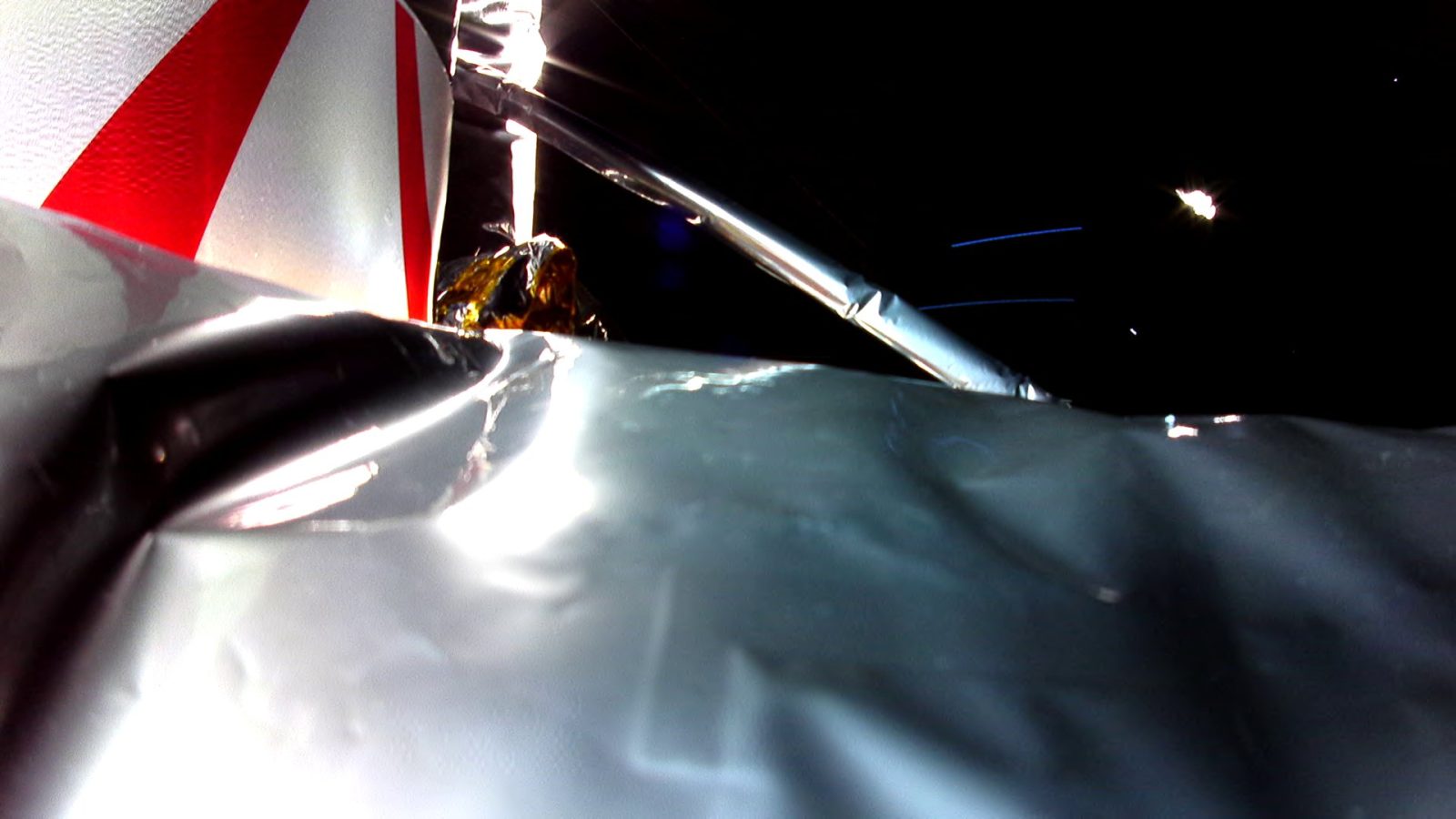
While ULA’s mission was a resounding success, the same cannot be said for the payload that was tucked inside Vulcan‘s fairing. While details are slim, we know that the first Astrobotic Peregrine lander has suffered a failure in its propulsion system, ending it’s chance of a soft lunar landing.
Mark one more against commercial lunar landers
Early Monday morning Astrobotic’s first lunar lander, Peregrine Mission One, lifted off on the highly successful first launch of ULA‘s Vulcan rocket. However, soon after deployment, the spacecraft quickly ran into problems that has led to it no longer being capable of soft landing on the Moon.
According to updates by Astrobotic, which by the way have been some of the best from a company experience a high profile crisis, the lander suffered a failure in the propulsion system. The trouble started as soon as the team expected to make a maneuver to point the spacecraft’s solar panels towards the Sun.
However, the failure is not just a passive issue preventing them from doing anything, the issue turned out in a future update to be a full on leak. In space, a leaking propellent system also acts like a thruster, this is why the teams couldn’t point the solar panels to charge up the batteries.
So far, Astrobotic teams have figured out a way to keep the lander from spinning out of control. However, with a constant firing reaction control thruster and leaking propellent, eventually the spacecraft will run out of fuel and be lost.
Astrobotic’s most recent update (update number seven) gives some details on the state of the spacecraft’s lifespan:
Given the propellant leak, there is, unfortunately, no chance of a soft landing on the Moon. However, we do still have enough propellant to continue to operate the vehicle as a spacecraft. The team has updated its estimates, and we currently expect to run out of propellant in about 40 hours from now – an improvement from last night’s estimate. The team continues to work to find ways to extend Peregrine’s operational life.
Like the other commercial landers before it, Peregrine looks to have been claimed yet again on its journey to the Moon. However unlike previous companies, Astrobotic have a clear path ahead for a future lander, Griffen.
With the little time Astrobotic has had in space, the teams have been able to test and validate certain systems that will increase the likelihood of success on the next mission. This is where I personally see the silver lining to all of this. While it’s extremely disappointing for the mission to fail on a system that seemingly should have been the most tested, at least the data being gathered won’t go to waste.
Join our Discord Server: Join the community with forums and chatrooms about space!
NASA CLPS will have another attempt next month
For NASA this a rather disappointing way for the mission to conclude. Peregrine Mission One was suppose to be the beginning of the agency’s return to lunar exploration. Luckily some of the payloads can still gather some data outside of being on the lunar surface, however they most likely won’t be studying what they intended to. Worse of all, the two poor rovers, one by NASA and one by Mexico, are stuck out in space with no land in sight to rover around.
This is not the end however for NASA’s Commercial Lunar Payload Services program. Just like NASA’s other commercial programs, it was intended to have multiple providers incase one runs into trouble.
Next up to now hopefully lead the charge for CLPS success will be Intuitive Machines‘s IM-1 mission launching no earlier than mid-February. Before Astrobotic’s lander blew a flat, these two mission could have had landing attempts just one day a part from each other.
While right now it looks like a commercial company landing on the Moon is never going to happen, NASA has remained consistent that it plans to return to the Moon with the commercial industry’s help. So don’t expect a change in programming from NASA on how it plans to move forward with its Artemis program.
FTC: We use income earning auto affiliate links. More.




Comments